Home>Garden Essentials>How Does A Water Fountain Work
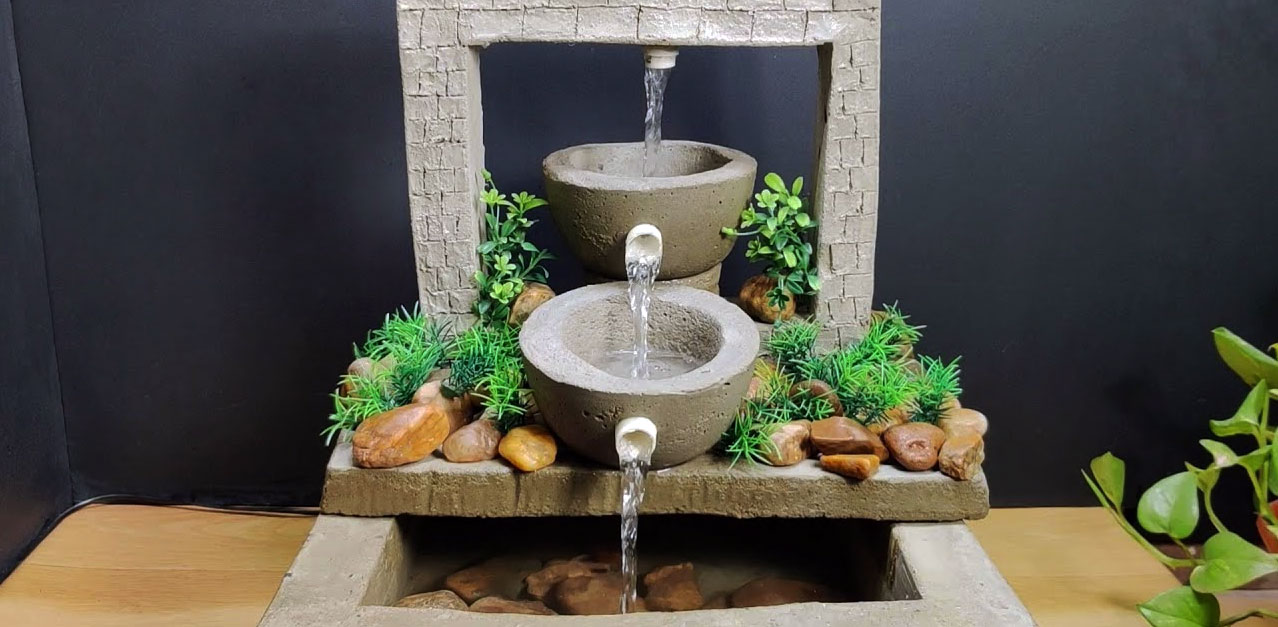

Garden Essentials
How Does A Water Fountain Work
Modified: August 16, 2024
Learn how a garden water fountain works and discover the soothing benefits of adding one to your outdoor space. Enhance your garden with a mesmerizing water feature.
(Many of the links in this article redirect to a specific reviewed product. Your purchase of these products through affiliate links helps to generate commission for Storables.com, at no extra cost. Learn more)
Introduction
Welcome to the world of water fountains, where the mesmerizing play of water creates a serene and captivating experience. Whether it’s a small tabletop fountain in your living room, a grand centerpiece in a public park, or a soothing addition to your garden, water fountains have been enchanting people for centuries.
But have you ever wondered how a water fountain actually works? In this article, we will take a closer look at the components, mechanisms, and maintenance involved in the functioning of a water fountain. So, let’s dive in!
A water fountain is not merely a decorative element; it is a carefully designed system that relies on various components working harmoniously together. These components include the water supply system, pump system, nozzles and jets, filtration system, lighting features, and control systems.
The water supply system ensures a steady flow of water to the fountain. It can be connected to a tap or a water reservoir, depending on the size and type of the fountain. The pump system is responsible for creating the necessary pressure to propel the water upward. It draws water from the source and sends it through various channels within the fountain.
Nozzles and jets are the visible elements that create beautiful water patterns and designs. They come in different sizes and shapes, allowing for a range of effects such as cascading streams, dancing sprays, or gentle bubbling. These elements give each fountain its unique character and charm.
A filtration system is crucial for maintaining the cleanliness and longevity of a water fountain. It removes debris, leaves, and other impurities from the water, ensuring that the circulating water remains clear and healthy for any aquatic life present in the fountain.
Lighting features add an extra dimension to the fountain by illuminating the water streams and creating stunning visual effects. Whether it’s subtle underwater lights or vibrant color-changing LEDs, lighting enhances the ambiance of the fountain, especially during the evening or night.
Control systems allow you to manage various aspects of your fountain, such as adjusting the water flow, changing the water patterns, or controlling the lighting effects. These systems may include timers, switches, or remote control devices, providing convenience and flexibility in operating and customizing your fountain.
Now that we have a basic understanding of the components that make up a water fountain, let’s delve into the working mechanism of these enchanting water features. Stay tuned for the next section!
Key Takeaways:
- Water fountains are complex systems with components like pumps, nozzles, and filters. Understanding these parts helps us appreciate the technical aspects behind their mesmerizing displays.
- Regular maintenance, including cleaning, pump inspection, and troubleshooting, is crucial for keeping water fountains in optimal condition. By giving them the attention they deserve, we can enjoy their beauty and tranquility for years to come.
Read more: Why Is My Catit Water Fountain Not Working
Components of a Water Fountain
A water fountain is a complex system that comprises several components working together to create a fascinating display of water. Understanding these components is essential for maintaining and troubleshooting your fountain effectively. Let’s explore the key components of a water fountain:
1. Water Supply System: This component is responsible for delivering a continuous flow of water to the fountain. The water can be sourced from a tap or a dedicated water reservoir. In some cases, a recirculating system is employed, where the water is collected and filtered before being pumped back into the fountain.
2. Pump System: The pump system is the heart of a water fountain. It draws water from the water supply system and propels it upwards, creating the desired water effects. The pump consists of a motor, impeller, and housing. It is essential to choose a pump that matches the size and flow requirements of your fountain to ensure optimal performance.
3. Nozzles and Jets: These are the visible elements that determine the water patterns and effects of the fountain. Nozzles and jets come in various shapes and sizes, such as cascades, sprays, or bubblers, offering a range of water displays. They are positioned strategically to achieve specific visual effects and create a captivating aesthetic.
4. Filtration System: To maintain the cleanliness of the water and prevent clogging in the pump system, a filtration system is necessary. It removes dirt, debris, and impurities from the water, ensuring a clear and healthy circulation. The filtration system typically includes a pre-filter and a finer filter, with regular maintenance required to keep it functioning optimally.
5. Lighting Features: Lighting plays a crucial role in enhancing the visual appeal of a water fountain. Underwater lights are often used to highlight the movement and patterns of the water. Additionally, LED lights can be integrated into the fountain to create vibrant colors and stunning visual effects, adding an enchanting touch during nighttime displays.
6. Control Systems: Control systems enable you to manage various aspects of your water fountain. They can include timers to schedule the operation of the fountain, switches for controlling the water flow or lighting effects, or even remote control devices for convenience. These systems empower you to customize and personalize the fountain’s features according to your preferences.
By understanding the components of a water fountain, you will have a better grasp of how each part contributes to the overall functionality and aesthetics. This knowledge will be valuable for maintenance and troubleshooting, ensuring that your fountain operates smoothly and continues to mesmerize with its beautiful water displays.
Water Supply System
The water supply system is a vital component of a water fountain, responsible for ensuring a continuous and reliable flow of water. Depending on the size and type of the fountain, the water supply system can be connected to a tap or a dedicated water reservoir. Let’s delve into the details of the water supply system:
1. Tap Connection: In some cases, smaller water fountains can be connected directly to a tap or faucet. This method is convenient as it allows for easy access to a water source. However, it’s important to ensure that the tap can deliver an adequate flow rate and pressure to meet the requirements of the fountain.
2. Water Reservoir: Larger water fountains or those located in areas without access to a tap often utilize a water reservoir. The reservoir can be buried beneath the fountain or placed nearby, hidden from view. A pump is then used to draw water from the reservoir and circulate it within the fountain.
3. Water Capacity: The water supply system’s capacity depends on the size and design of the fountain. It’s crucial to determine the appropriate water capacity to achieve the desired water effects without causing any overflow or excessive water loss. Consulting the fountain manufacturer or an expert can help determine the suitable water capacity for your specific fountain.
4. Water Quality: The water supply system should provide clean and non-polluted water to the fountain. If using a tap connection, it’s important to ensure that the water source meets the required quality standards. For a water reservoir, proper filtration systems should be in place to remove impurities and maintain the water’s clarity.
5. Water Level Control: Fountains with a recirculating water supply system often incorporate a water level control mechanism. This mechanism uses float valves or sensors to monitor the water level in the fountain. When the water level drops below a certain point, the system automatically replenishes it to maintain the desired water level.
Proper maintenance of the water supply system is essential to ensure the longevity and efficient operation of the water fountain. Regularly checking for leaks, cleaning the water supply components, and monitoring the water quality are crucial tasks. By maintaining a reliable and clean water supply system, you can enjoy the beauty and tranquility of your water fountain for years to come.
Pump System
The pump system is the heart of a water fountain, responsible for creating the necessary pressure to propel the water upward and create the desired water effects. It plays a crucial role in maintaining the circulation and movement of water. Let’s explore the key aspects of the pump system:
1. Pump Types: There are various types of pumps used in water fountains, including submersible pumps and external pumps. Submersible pumps are submerged in water and can be placed directly in the fountain’s basin. On the other hand, external pumps are located outside the fountain and connected to it through pipes. The choice between submersible and external pumps depends on the size and design of the fountain.
2. Pump Capacity: The capacity of the pump is crucial for ensuring optimal water flow and achieving the desired water effects. The pump capacity is typically measured in gallons per hour (GPH) or liters per hour (LPH). It’s important to select a pump with a capacity that matches the size and flow requirements of your fountain. Consulting the fountain manufacturer or an expert can help you determine the appropriate pump capacity.
3. Pump Motor: The motor is an essential component of the pump system. It powers the impeller, which creates the necessary pressure to circulate the water. Pump motors can be electric-powered or solar-powered, depending on the fountain’s design and energy source availability. It’s important to choose a pump with a reliable and energy-efficient motor for smooth operation.
4. Flow Control: Some pump systems allow you to adjust the flow rate of the water. This enables you to customize the water effects and control the intensity of the fountain display. Flow control mechanisms can include valves, flow regulators, or adjustable impeller speed. Having control over the flow rate provides flexibility in creating different water patterns and effects.
5. Maintenance: Regular maintenance is crucial for the longevity and performance of the pump system. This includes cleaning the pump and removing any debris that may impair its operation. It’s also important to check for any clogs or blockages in the pump system and clear them promptly. Regular maintenance ensures optimal pump performance and prevents potential issues.
Carefully selecting and maintaining the pump system is essential for the proper functioning of your water fountain. It ensures the circulation of water, creates mesmerizing water effects, and contributes to the overall ambiance of the fountain. With a well-maintained pump system, your water fountain will continue to captivate and delight for years to come.
Nozzles and Jets
Nozzles and jets are key components of a water fountain that determine the water patterns and effects created by the fountain. They come in various shapes and sizes, allowing for a wide range of water displays. Let’s explore the importance and functionality of nozzles and jets in a water fountain:
1. Design and Aesthetic Appeal: Nozzles and jets play a significant role in enhancing the visual appeal of a water fountain. They create unique water patterns and effects that contribute to the overall design and aesthetic of the fountain. Whether it’s cascading streams, gentle bubbling, or dynamic sprays, the choice of nozzles and jets can transform the fountain into a mesmerizing focal point.
2. Water Projection: Nozzles and jets determine the height and projection of the water streams in a water fountain. Different nozzle designs and sizes can produce varying water heights and angles. This allows for customization and adaptation of the water display to suit the specific requirements and design preferences of the fountain.
3. Water Effects: Nozzles and jets provide versatility in creating a wide range of water effects. From a serene and tranquil flow to an energetic and dynamic spray, the selection of nozzles and jets enables you to achieve various visual effects. These effects can include laminar flows, fan sprays, multi-directional jets, or even patterns that resemble natural waterfalls.
4. Durability and Materials: Nozzles and jets should be constructed from durable materials to withstand continuous exposure to water, sunlight, and other environmental factors. They are typically made of stainless steel, bronze, or brass to ensure longevity and resistance to corrosion. High-quality materials contribute to the durability and reliability of the nozzles and jets.
5. Positioning and Alignment: The proper positioning and alignment of nozzles and jets are crucial for achieving the desired water patterns and effects. They need to be strategically placed to create a harmonious and balanced water display. Careful adjustment of angles and heights can help optimize the visual impact of the fountain.
When selecting nozzles and jets for your water fountain, it’s important to consider factors such as water flow rate, desired effect, and overall design. Consulting with a fountain professional or designer can provide valuable guidance in choosing the right combination of nozzles and jets for your fountain.
Nozzles and jets bring life and character to a water fountain. They transform the simple flow of water into captivating displays that evoke tranquility, beauty, and wonder. With a carefully chosen assortment of nozzles and jets, your water fountain will become a stunning centerpiece, enchanting all who encounter it.
Read more: What Is A Water Fountain
Filtration System
A filtration system is a crucial component of a water fountain, responsible for maintaining the cleanliness and quality of the water. It ensures that the water remains clear, free from debris, and suitable for any aquatic life present in the fountain. Let’s explore the importance and functionality of a filtration system in a water fountain:
1. Water Purification: A filtration system is designed to remove impurities, particles, and contaminants from the water. It filters out debris such as leaves, twigs, and dirt, ensuring that the water remains clean and clear. Additionally, it helps remove dissolved impurities, such as minerals or chemicals, that might affect the water quality.
2. Pump Protection: A filtration system helps protect the pump and other components of the fountain from clogs and damage. By removing debris from the water, it prevents blockages in the pump system, which can hinder the water flow and strain the pump motor. This protection extends the lifespan of the pump and ensures its efficient functioning.
3. Water Clarity: The filtration system plays a significant role in maintaining the clarity of the water. By removing suspended particles and impurities, it prevents the water from becoming cloudy or discolored. This is especially important for water fountains that incorporate lighting effects, as clear water enhances the beauty and visual impact of the fountain.
4. Biological Balance: If your water fountain includes aquatic plants or fish, a filtration system is vital for maintaining a healthy environment. It helps remove excess waste, organic matter, and pollutants that can negatively affect the water quality and harm the aquatic life. A balanced and clean water environment promotes the well-being and longevity of the plants and animals.
5. Maintenance and Cleaning: Regular maintenance of the filtration system is essential for its optimal performance. This includes cleaning or replacing the filter media or cartridges at recommended intervals. It’s also important to monitor the filter’s pressure and flow rate, as a significant decrease in these parameters might indicate a need for maintenance or a clogged filter.
When selecting a filtration system for your water fountain, consider factors such as the size of the fountain, the volume of water, and the specific filtration needs. Different filtration systems, such as sand filters, cartridge filters, or bio-filters, are available to accommodate various fountain requirements. Consulting with a fountain professional can help you choose the appropriate filtration system for your specific fountain setup.
A well-maintained filtration system ensures that your water fountain remains visually appealing, clean, and safe for any aquatic life. It allows you to enjoy the beauty and tranquility of the fountain without worrying about water quality or maintenance issues. With a reliable filtration system, your water fountain will continue to be a source of joy and relaxation for years to come.
Lighting Features
Lighting plays a crucial role in enhancing the visual appeal and ambiance of a water fountain. Well-designed lighting features can transform a fountain into a mesmerizing spectacle, captivating viewers day and night. Let’s explore the importance and functionality of lighting features in a water fountain:
1. Highlighting Water Movements: Underwater lights are often used to highlight the movement and patterns of the water in the fountain. By strategically placing lights beneath the water surface, the flowing water becomes illuminated, showcasing the dynamic nature of the fountain. This creates a captivating visual effect that draws attention to the water display.
2. Creating Depth and Texture: Lighting features can create depth and texture in a water fountain. By casting light on the flowing water, shadows and reflections are created, adding a sense of depth and dimension to the fountain. This creates a visually stunning effect that accentuates the intricate details of the water patterns.
3. Vibrant Colors and Effects: Lights can be used to introduce vibrant colors and captivating effects into a water fountain. LED lights are commonly used for their versatility and ability to produce a wide spectrum of colors. With programmable controls, you can create dynamic color-changing effects that enhance the visual impact of the fountain, especially during evening or nighttime displays.
4. Atmosphere and Mood Enhancement: The lighting features of a water fountain can significantly influence the overall atmosphere and mood of the surrounding area. Subtle and soft lighting creates a calm and soothing ambiance, perfect for relaxation or creating a tranquil garden setting. Bright and vibrant lighting, on the other hand, can create a lively and energetic atmosphere for events or festive occasions.
5. Energy Efficiency: LED lights are known for their energy efficiency, making them an ideal choice for water fountain lighting. LEDs consume less energy compared to traditional incandescent lights while producing bright and vibrant illumination. This makes them more cost-effective and environmentally friendly, reducing electricity expenses and minimizing the fountain’s carbon footprint.
When incorporating lighting features into your water fountain, consider factors such as the placement of lights, color options, and programmable controls. Working with lighting professionals or fountain designers can help you create a customized lighting design that complements the fountain’s style and enhances its visual impact.
With thoughtfully designed lighting features, your water fountain can be transformed into a captivating visual masterpiece, delighting viewers day and night. The interplay between water and light creates a magical ambiance, evoking a sense of awe and wonder. Embrace the beauty of light and water, and let your fountain shine bright!
Control Systems
Control systems are an essential component of a water fountain, allowing for convenient management and customization of various aspects of its operation. These systems provide flexibility in controlling water flow, altering water patterns, adjusting lighting effects, and more. Let’s explore the importance and functionality of control systems in a water fountain:
1. Water Flow Control: Control systems enable you to adjust the water flow rate of your fountain. This feature allows you to regulate the intensity and height of the water display. Whether you prefer a gentle trickle or a powerful cascade, having control over the water flow ensures that the fountain matches your desired visual effect and creates the perfect ambiance for any occasion.
2. Water Pattern Alteration: Some control systems offer the ability to change the water patterns in real-time. This allows you to modify the water display and create different effects, such as pulsating sprays, rotating jets, or synchronized movements. The ability to alter water patterns adds versatility and excitement to the fountain experience, captivating viewers with constantly evolving displays.
3. Lighting Control: Control systems often include options for managing the lighting features of the fountain. You can adjust the color, brightness, and timing of the lights to create specific moods or coordinate with different events or seasons. With programmable controls, you can synchronize the lighting effects with the water patterns, creating a mesmerizing and harmonious display.
4. Timing and Scheduling: Incorporating timers and scheduling features in control systems allows you to automate the operation of your fountain. You can set predefined schedules for the fountain to turn on and off, ensuring that it operates only during specific hours or occasions. This feature is particularly useful for conserving energy and managing the fountain’s display.
5. Remote Control Options: Advanced control systems offer the convenience of remote control options. With handheld remote controls or smartphone applications, you can adjust the fountain’s settings from a distance, eliminating the need for manual adjustments. Remote control capabilities provide ease of operation, allowing you to manage your fountain effortlessly.
Integration of control systems in your water fountain provides you with the ability to personalize and customize every aspect of its operation. Whether it’s adjusting water flow, altering water patterns, fine-tuning lighting effects, or programming schedules, control systems empower you to create a truly unique and captivating water display.
Consulting with fountain professionals or experts can help you select and install the most suitable control system for your specific fountain. With the right control system in place, you can effortlessly manage and unleash the full potential of your water fountain, creating an enchanting experience for all to enjoy.
Water fountains work by using a pump to push water up through a pipe and out through a nozzle, creating a continuous flow. The water is then collected and recirculated, creating the fountain’s continuous cycle.
Working Mechanism of a Water Fountain
A water fountain may seem like a simple decorative feature, but it operates through a complex mechanism to create its mesmerizing water displays. Understanding the working mechanism can help you appreciate the intricate engineering behind the fountain and maintain it effectively. Here’s a breakdown of the working mechanism of a water fountain:
1. Water Intake: The first step in the working mechanism is the intake of water. The water can be sourced from a tap connected to the water supply system or a dedicated water reservoir. In some cases, a pre-filtration system may be included to remove larger debris and impurities before the water enters the fountain.
2. Water Circulation: Once the water is available, the pump system kicks into action. The pump draws water from the intake point and circulates it through the fountain’s internal channels or pipes. The pump’s impeller creates the necessary pressure to propel the water upward and create the desired water effects.
3. Water Discharge: At the top of the fountain, the circulated water is discharged, creating the visual display. This is achieved through the use of nozzles, jets, or other specialized water outlets. The specific design and arrangement of these outlets determine the water patterns and effects produced by the fountain, whether it’s a cascading stream, a dancing spray, or a gentle cascade.
4. Changing Water Patterns and Effects: Many modern water fountains incorporate control systems to enable the changing of water patterns and effects. These systems allow you to adjust the flow rate, alter the water patterns in real-time, or synchronize the water movements with the lighting features. By modifying these elements, you can create a dynamic and captivating water display that captivates viewers.
5. Filtration and Maintenance: In addition to the working mechanism mentioned above, it’s crucial to ensure the continual operation of the filtration system. The filtration system helps maintain the water’s cleanliness and quality by removing debris, impurities, and pollutants. Regular maintenance, including cleaning the pump, checking and replacing filters, and monitoring water quality, is essential for the overall longevity and efficiency of the fountain.
By understanding the working mechanism of a water fountain, you can better appreciate the engineering and design behind it. Regular maintenance, including proper cleaning, filter replacement, and monitoring of water quality, ensures that the fountain operates smoothly and continues to provide a visually captivating experience. Whether it’s in a garden, park, or indoor setting, a well-maintained water fountain adds a touch of tranquility and beauty to any environment.
Read more: How To Seal A Water Fountain
Water Intake
The water intake is a critical part of the working mechanism of a water fountain. It is the initial step where water is drawn into the fountain and provided for circulation. Let’s delve into the details of the water intake process and its importance:
1. Water Source: The water intake can be connected to a tap or faucet, allowing the fountain to draw water directly from a municipal water supply. This setup is commonly used for smaller fountains or indoor installations where a constant water supply is readily available. It is important to ensure that the water source is clean and meets the required quality standards.
2. Dedicated Water Reservoir: In some cases, especially for larger fountains or outdoor installations, a dedicated water reservoir is used as the water source. The reservoir can be underground, hidden from view, or placed nearby, and it is connected to the fountain through pipes. This allows for a self-contained water supply system, ensuring a steady flow of water to the fountain.
3. Pre-Filtration: To protect the fountain’s components, including the pump and nozzles, a pre-filtration system may be installed as part of the water intake process. This system helps remove larger debris such as leaves, twigs, and dirt before the water enters the fountain. It prevents clogging and damage to the internal components, ensuring smooth and efficient operation.
4. Water Capacity: Determining the appropriate water capacity for the fountain is essential during the water intake process. It depends on the size and design of the fountain and should be carefully calculated to avoid any overflow or water shortage issues. Proper water capacity ensures that the fountain operates optimally and achieves the desired water effects without any disruptions.
5. Water Quality: Regardless of the water source, maintaining water quality is crucial. If using a tap connection, it is important to ensure that the water meets the required quality standards, free from any contaminants. For a water reservoir, a filtration system should be in place to remove impurities and maintain water clarity. Monitoring and maintaining water quality contribute to the longevity and aesthetics of the fountain.
The water intake is a fundamental step in the working mechanism of a water fountain. It ensures a steady and reliable supply of water to drive the circulation and create the captivating water displays. By carefully considering the water source, capacity, and quality, you can ensure the smooth operation and longevity of your water fountain, allowing it to captivate and delight for years to come.
Water Circulation
Water circulation is a fundamental process in the working mechanism of a water fountain. It involves the movement of water from the intake point through the fountain’s internal channels or pipes, ultimately leading to the creation of the desired water effects. Let’s explore the details of water circulation and its importance:
1. Pump System: The pump system plays a crucial role in water circulation. It draws water from the intake point and propels it through the fountain. The pump’s impeller creates the necessary pressure to push the water upwards, allowing it to reach the desired heights and create the desired water patterns and effects.
2. Internal Channels or Pipes: Within the fountain structure, there are internal channels or pipes that guide the water as it circulates. These channels ensure the smooth flow of water throughout the fountain, directing it to the various outlets or nozzles where it will be discharged. They are constructed to withstand the water pressure and ensure that the water reaches the desired points within the fountain.
3. Water Pathways: The water pathways within the fountain are carefully designed to create specific water patterns and effects. These pathways direct the water flow, guiding it along predetermined routes to create the desired visual display. Depending on the fountain’s design and style, the water may cascade down steps, flow over sculptural elements, or travel through intricate patterns, enhancing the aesthetic appeal of the fountain.
4. Aerating and Oxygenating: Water circulation in a fountain helps in aerating and oxygenating the water. As the water moves and cascades, it mixes with the air, absorbing oxygen. This oxygenation is crucial for maintaining the health of any aquatic life present in the fountain, such as fish or plants. Adequate oxygen levels promote the well-being of the aquatic ecosystem and prevent stagnant conditions.
5. Continuous Movement: The constant circulation of water ensures that the fountain remains visually appealing and free from potential issues. Continuous movement prevents the formation of stagnant water, reducing the buildup of debris and algae. It also helps maintain the clarity and quality of the water, contributing to the overall aesthetics and longevity of the fountain.
Proper water circulation is essential for the smooth operation and captivating water displays of a fountain. It ensures that the water reaches the desired areas within the fountain, creating the desired patterns and effects. Regular maintenance, including checking the pump system, cleaning the internal channels, and ensuring proper water flow, helps maintain optimal water circulation and keeps the fountain operating at its best.
Water circulation brings life and motion to a water fountain, captivating viewers with its mesmerizing displays. By understanding and maintaining the circulation process, you can ensure that your water fountain continues to delight and enchant all who encounter it.
Water Discharge
Water discharge is a crucial stage in the working mechanism of a water fountain. After the water has been drawn in and circulated, it is discharged from the fountain to create the desired water effects. Let’s explore the details of water discharge and its importance:
1. Nozzles and Jets: Nozzles and jets are the components responsible for water discharge in a water fountain. They come in various shapes and sizes, each producing a unique water pattern and effect. These outlets direct the flow of water, determining whether it cascades, sprays, arcs, or creates other visually captivating displays. Nozzles and jets are strategically positioned to achieve specific water patterns, enhancing the aesthetic appeal of the fountain.
2. Height and Distance: The height and distance of water discharge add to the spectacle of a water fountain. Depending on the design and desired effect, the water can reach varying heights, from a gentle trickle to a dramatic cascade. The distance of the water’s reach can also be adjusted, ensuring that it falls within the desired range and complements the surrounding environment.
3. Water Patterns: Water discharge generates an array of patterns and movements within the fountain. These patterns can be designed to mimic natural elements like waterfalls, streams, or bubbling brooks. The rhythmic flow and interplay of the water create a visually dynamic and captivating display that captivates viewers.
4. Sound Effects: The water discharge also contributes to the sound effects of the fountain. Different water patterns and heights produce distinct sounds, such as soothing trickling, gentle splashing, or powerful rushing. The sound of the water adds an auditory element to the experience, enhancing the overall ambiance and creating a sense of tranquility.
5. Customization and Control: Advanced fountain systems include control options that allow for customization of the water discharge. Control systems enable you to adjust the flow rate, alter water patterns in real-time, or synchronize the water movements with the fountain’s lighting effects. This level of customization empowers you to create unique and captivating displays that suit your preferences or specific events.
Proper maintenance of the water discharge components is essential to ensure the smooth operation and longevity of the fountain. Regular inspection and cleaning of the nozzles and jets help prevent clogs or blockages that can hinder the water flow. Keeping the discharge components in good condition ensures that the fountain continues to produce the desired water patterns and effects.
Water discharge is the culmination of the working mechanism of a water fountain, transforming the circulated water into mesmerizing displays. By considering the positioning, height, and customization options, you can create a captivating visual and auditory experience that brings joy and serenity to all who encounter the fountain.
Changing Water Patterns and Effects
A captivating aspect of water fountains is their ability to create a variety of water patterns and effects. The versatility to change these patterns allows for dynamic and ever-changing displays. Let’s explore the details of changing water patterns and effects in a water fountain:
1. Water Flow Control: Control systems integrated into the fountain design provide the ability to adjust the water flow rate. By increasing or decreasing the flow, you can alter the intensity and speed of the water display. This control allows for variations in the water patterns, from gentle and tranquil to lively and dynamic, offering a range of visual experiences.
2. Adjustable Nozzles and Jets: Fountains often feature adjustable nozzles and jets that allow for changes in the water patterns. By modifying the nozzle’s shape, angle, or size, you can create different water displays. These adjustments enable you to achieve a variety of effects such as cascades, sprays, fan-shaped patterns, or even unique custom-designed water formations.
3. Programmable Control Systems: Advanced control systems offer programmable functionality, allowing you to set predefined sequences or patterns. This feature enables you to create choreographed water displays with synchronized movements, alternating patterns, or timed water bursts. Programmable control systems offer endless possibilities for creating mesmerizing and captivating water effects.
4. Modulating Lighting Effects: Changing water patterns can be accentuated by modulating the lighting effects within the fountain. By adjusting the color, intensity, or timing of the lights, you can enhance and amplify the visual impact of the water patterns. Synchronized lighting effects combined with changing water patterns can create a truly enchanting and immersive experience.
5. Diverse Water Displays: The ability to change water patterns and effects allows for an array of diverse displays. From calm and serene water cascades to playful and animated sprays, a water fountain can adapt to different moods, special occasions, or specific themes. The versatility of water displays ensures that the fountain remains engaging and captivating over time.
By embracing the potential for changing water patterns and effects, a water fountain becomes a dynamic work of art, captivating and delighting viewers. With the ability to adjust flow rates, control nozzles, program sequences, and synchronize lighting, you have the power to create unique and evocative water displays that leave a lasting impression.
Remember to regularly inspect and maintain the fountain’s components to ensure optimal performance and longevity. By carefully managing and changing water patterns and effects, you can continually refresh the visual appeal of your water fountain, offering a captivating and ever-evolving display for all to enjoy.
Read more: How To Install A Water Fountain
Maintenance and Troubleshooting
Maintenance is essential to ensure the smooth operation and longevity of a water fountain. Regular care and upkeep will help prevent issues, maintain the fountain’s visual appeal, and ensure its proper functioning. Let’s explore some key aspects of maintenance and troubleshooting for a water fountain:
1. Cleaning: Regular cleaning is crucial to remove debris, algae, and mineral deposits that can accumulate in the fountain. Use a non-toxic, fountain-safe cleaner and a soft brush to clean the surfaces, including the basin, nozzles, jets, and fountain structure. Regular cleaning helps maintain the water’s clarity and prevents clogs or blockages.
2. Filter Maintenance: If your fountain has a filtration system, regular maintenance of the filters is essential. This may include cleaning or replacing filter media or cartridges at recommended intervals. Proper filtration ensures the removal of debris and impurities from the water, maintaining its cleanliness and preventing damage to the pump system.
3. Pump Inspection: Regularly inspect the pump for any signs of damage or wear. Check for leaks, unusual noises, or decreased water flow, which may indicate a problem with the pump. Clear any debris or obstructions that may affect the pump’s performance. If necessary, consult a professional to repair or replace the pump.
4. Monitoring Water Levels: Maintain the water level of your fountain within the recommended range. A water level that is too low can cause the pump to run dry and potentially damage the motor. Conversely, a water level that is too high may lead to overflow or splashing. Regularly monitor and adjust the water level as needed.
5. Lighting and Electrical Checks: If your fountain incorporates lighting features, regularly inspect and test the lights to ensure they are working properly. Check the wiring and connections to ensure electrical safety. Replace any faulty bulbs or damaged wiring promptly to maintain the desired visual effects and prevent electrical hazards.
6. Addressing Water Quality Issues: Keep an eye on the water quality in your fountain. If the water becomes cloudy, discolored, or odorous, it may indicate a water quality issue. Test the water for pH levels and chemical imbalances. Adjustments or treatments may be required to restore water clarity and balance.
7. Troubleshooting: If you encounter issues with your water fountain, such as pump failure, water flow problems, or electrical malfunctions, try troubleshooting steps before seeking professional assistance. Refer to the fountain’s manual or contact the manufacturer for guidance. Basic troubleshooting may include checking connections, adjusting settings, or clearing blockages.
Maintaining a regular schedule for maintenance tasks, such as cleaning, filter replacement, pump inspection, and water quality checks, is crucial to keep your water fountain in optimal condition. By addressing issues promptly and performing routine maintenance, you can ensure that your fountain continues to be a source of beauty and serenity.
In situations where complex issues arise or if you’re unsure how to proceed with troubleshooting, consulting a professional fountain technician or contacting the manufacturer’s customer service can provide the expertise and guidance needed to resolve the problem.
Remember to observe safety protocols and always follow manufacturer instructions when performing maintenance or troubleshooting tasks. By giving your water fountain the attention it deserves, you can enjoy its beauty and tranquility for many years to come.
Conclusion
Water fountains are not only visually stunning but also intricate systems that rely on a combination of components and mechanisms to create their mesmerizing displays. Understanding the components, such as the water supply system, pump system, nozzles and jets, filtration system, lighting features, and control systems, allows us to appreciate the technical aspects involved in their operation.
The water supply system ensures a steady flow of water, whether sourced from a tap or dedicated water reservoir. The pump system propels the water, creating the necessary pressure for its upward movement and generating the desired water effects. Nozzles and jets, with their various shapes and sizes, dictate the water patterns and displays, adding character and charm to each fountain.
A filtration system plays a crucial role in maintaining the water’s cleanliness and quality, while lighting features enhance the fountain’s visual appeal, creating stunning effects and illuminating the water streams. Control systems provide flexibility and customization, enabling water flow and lighting adjustments, ensuring memorable displays and personalized experiences.
The working mechanism of a water fountain involves the intake, circulation, and discharge of water. The continuous movement of water creates captivating displays that can be further enhanced through changing water patterns and effects. Regular maintenance, including cleaning, filter replacement, pump inspection, and troubleshooting when issues arise, is vital for keeping the fountain in optimal condition.
Water fountains bring a sense of tranquility, beauty, and elegance to any space. They serve as focal points in gardens, parks, and indoor settings, creating a serene and inviting atmosphere. With their calming sound and mesmerizing visual displays, water fountains provide a sanctuary where people can relax, reflect, and find solace.
As you embark on your journey with a water fountain, remember to maintain regular care and attention. By understanding the components, mechanisms, and maintenance required, you can ensure that your water fountain remains a source of joy, tranquility, and inspiration for years to come.
Frequently Asked Questions about How Does A Water Fountain Work
Was this page helpful?
At Storables.com, we guarantee accurate and reliable information. Our content, validated by Expert Board Contributors, is crafted following stringent Editorial Policies. We're committed to providing you with well-researched, expert-backed insights for all your informational needs.
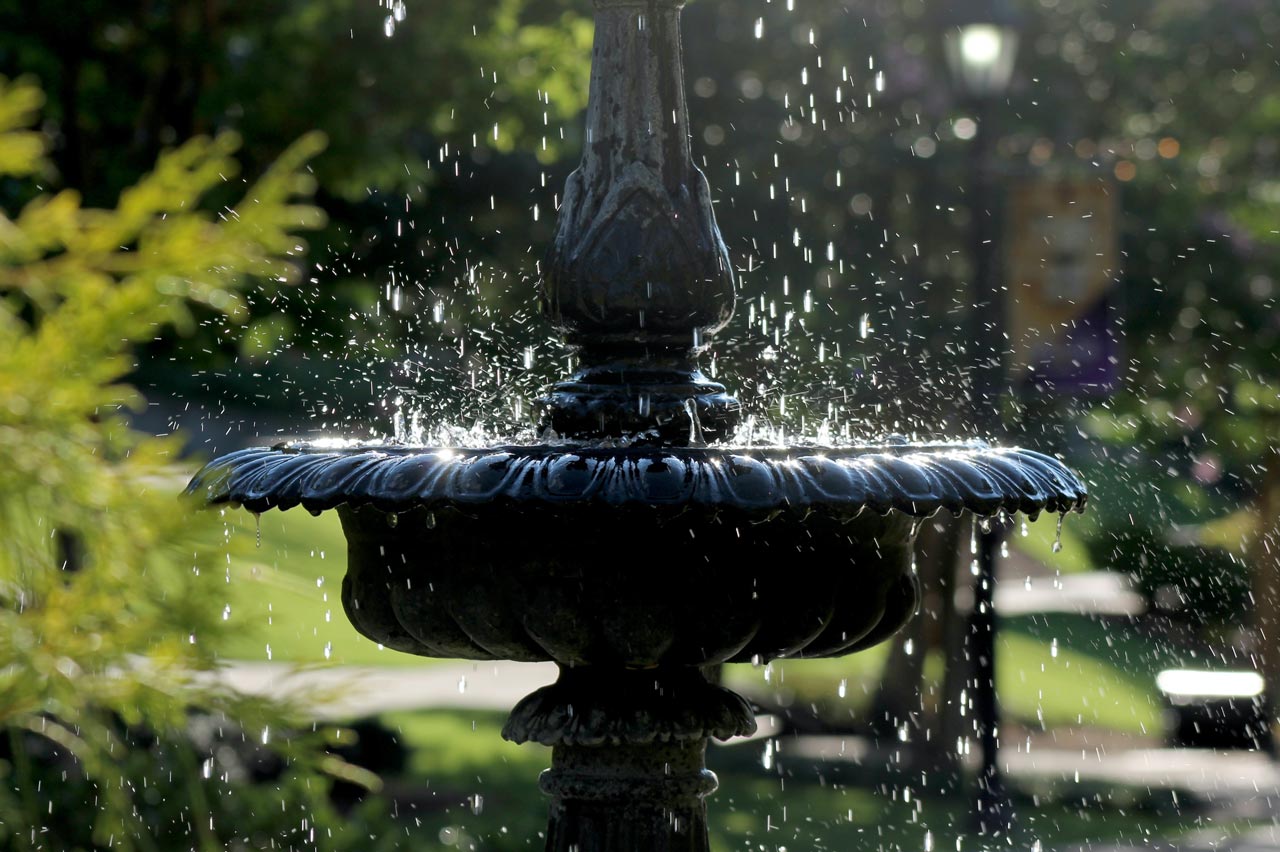
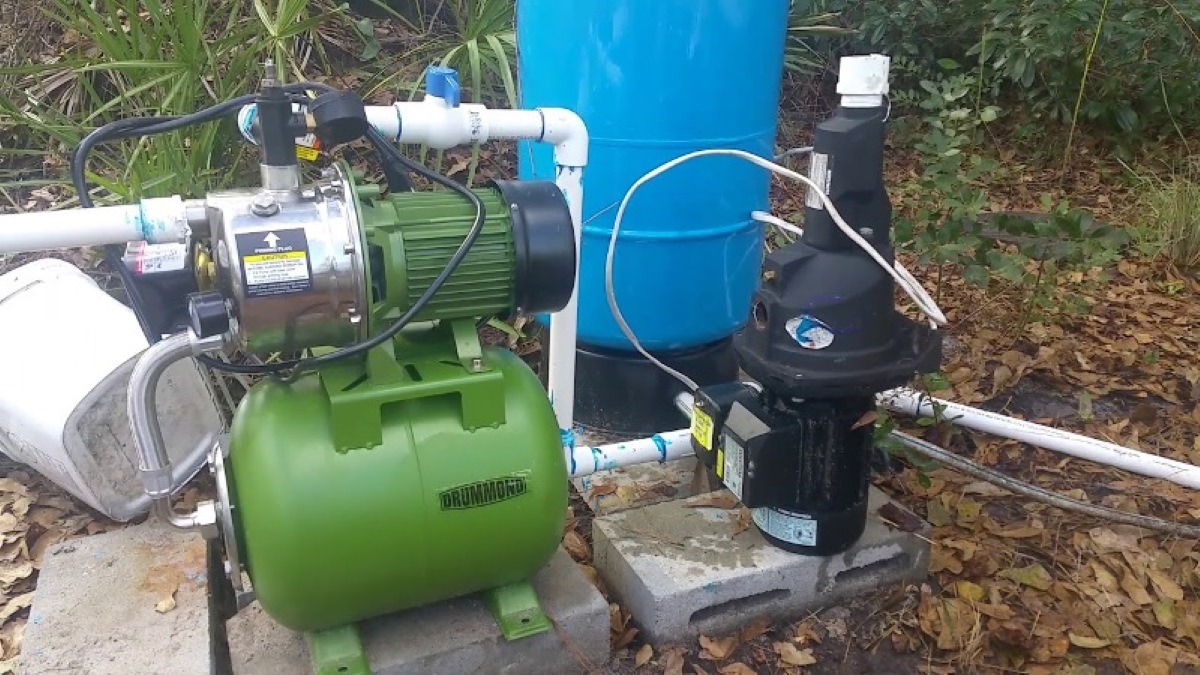
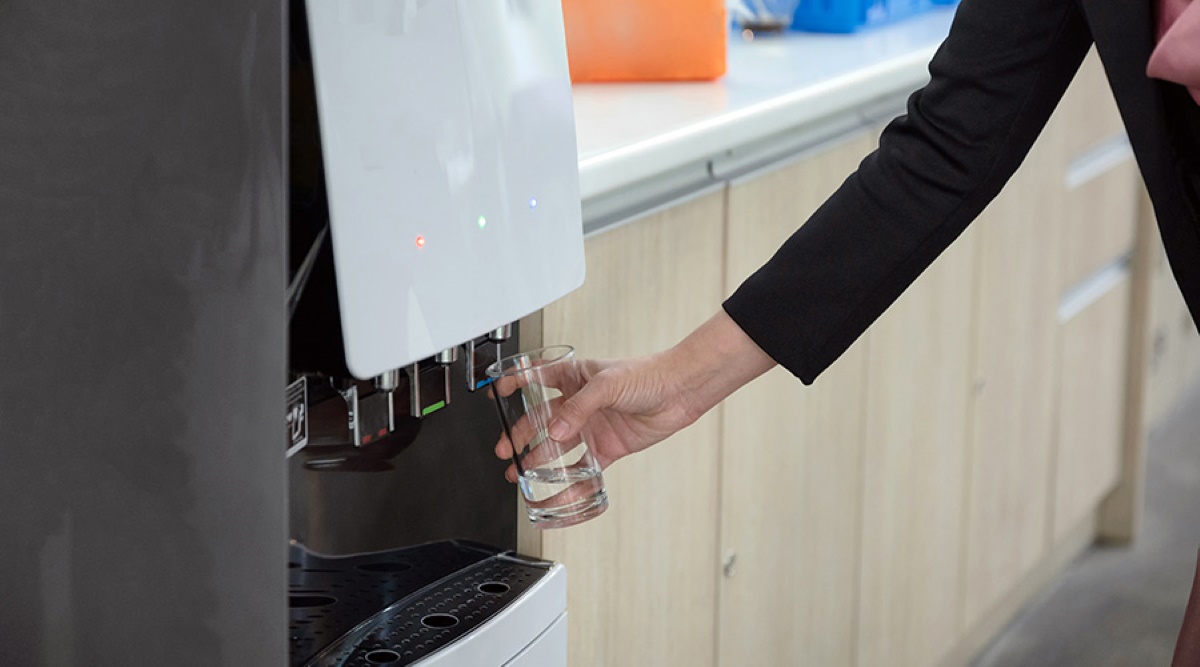
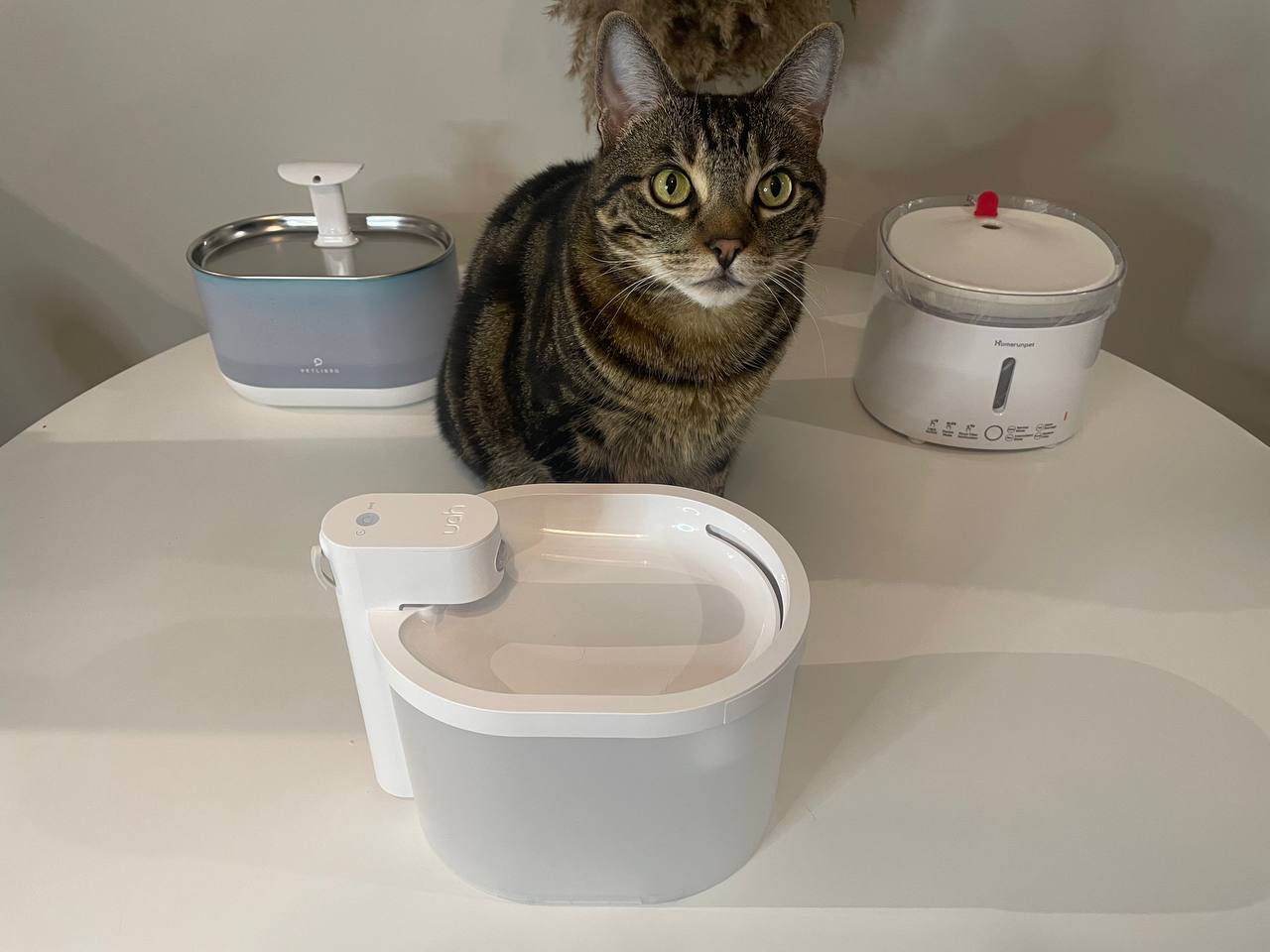
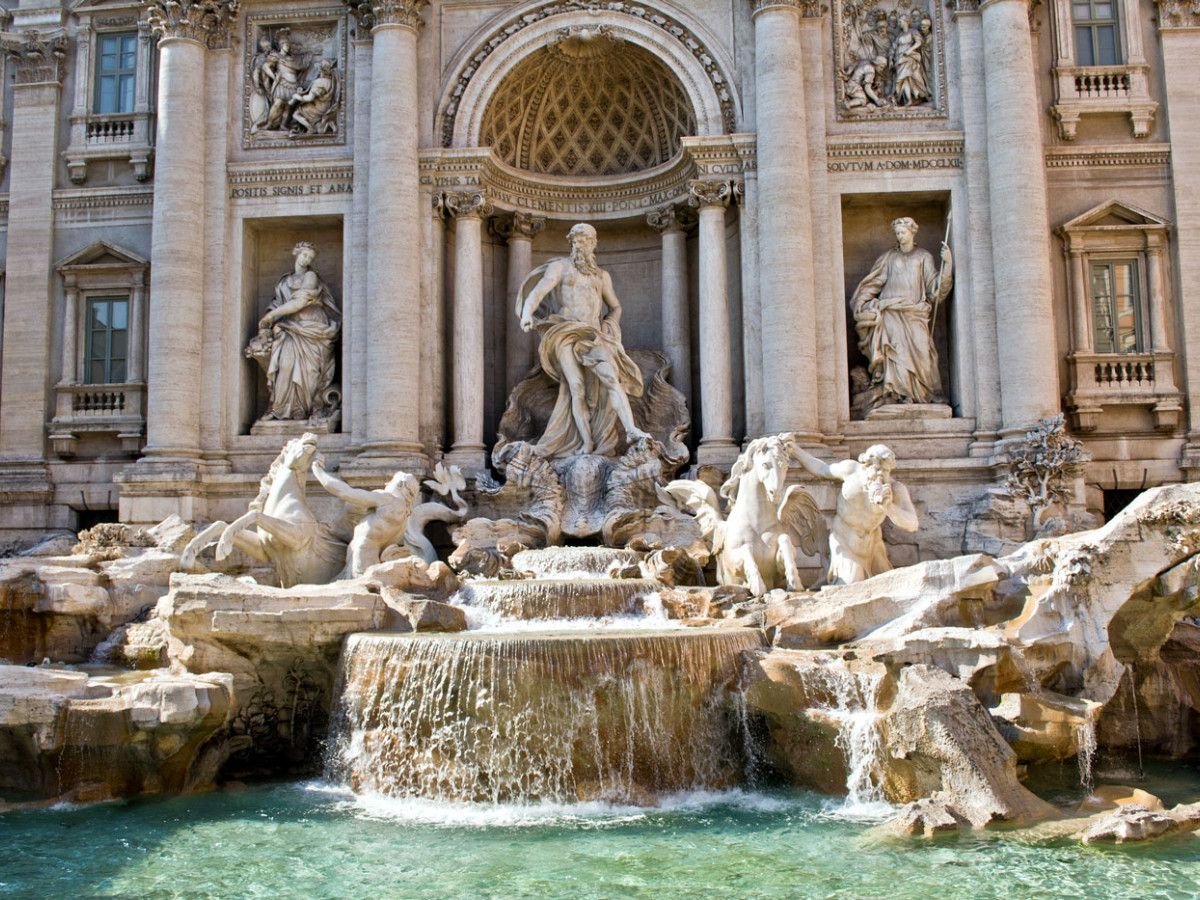
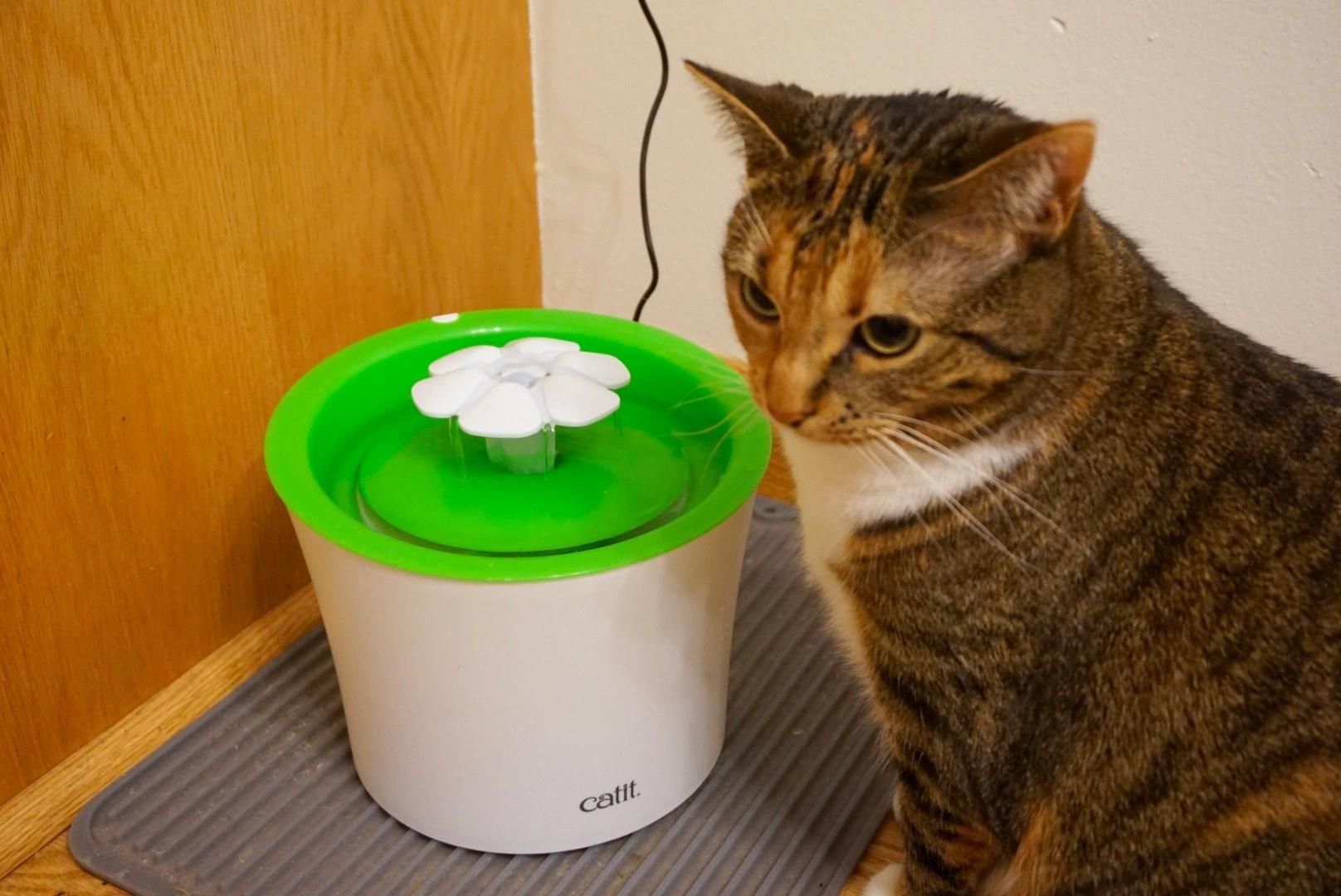
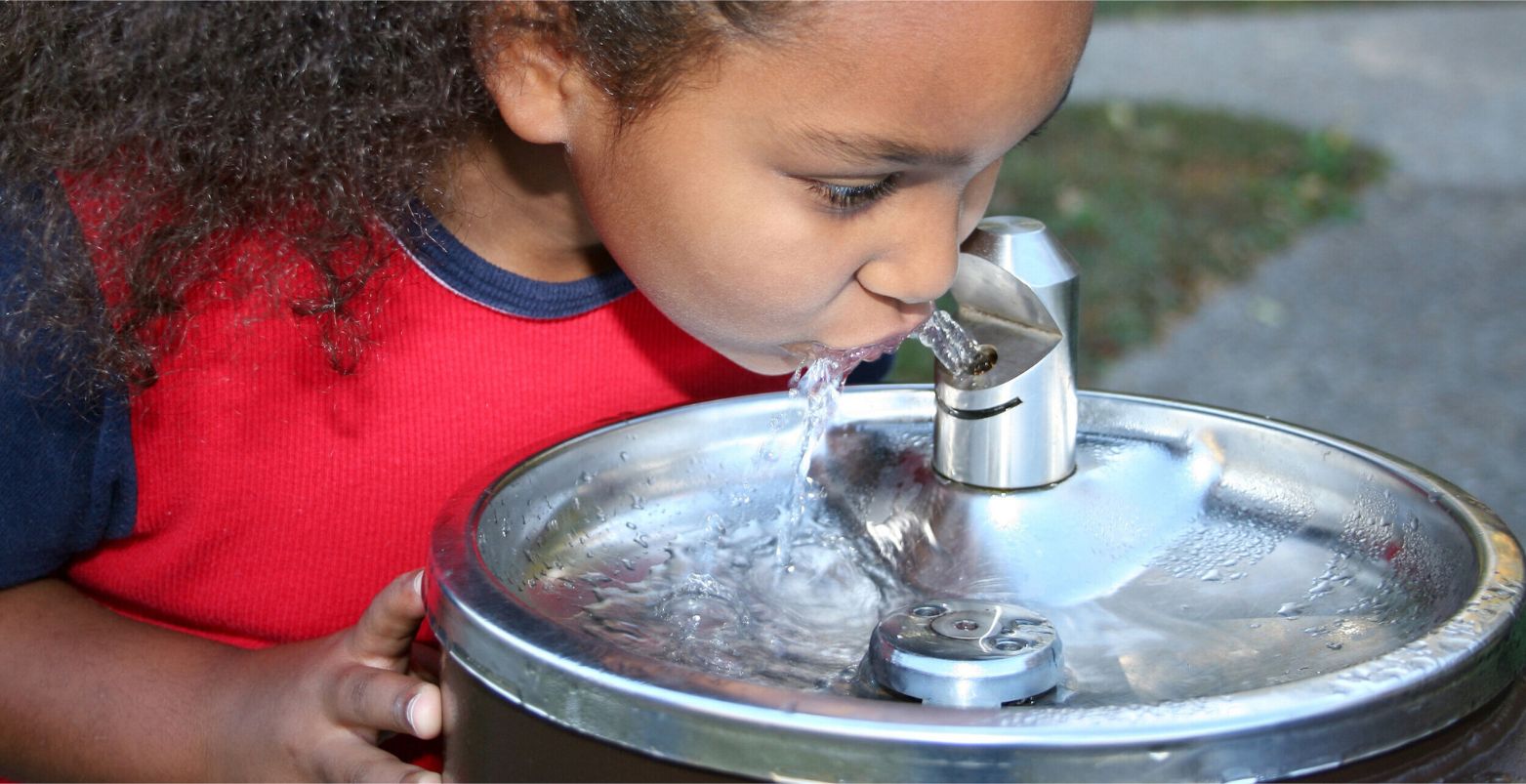
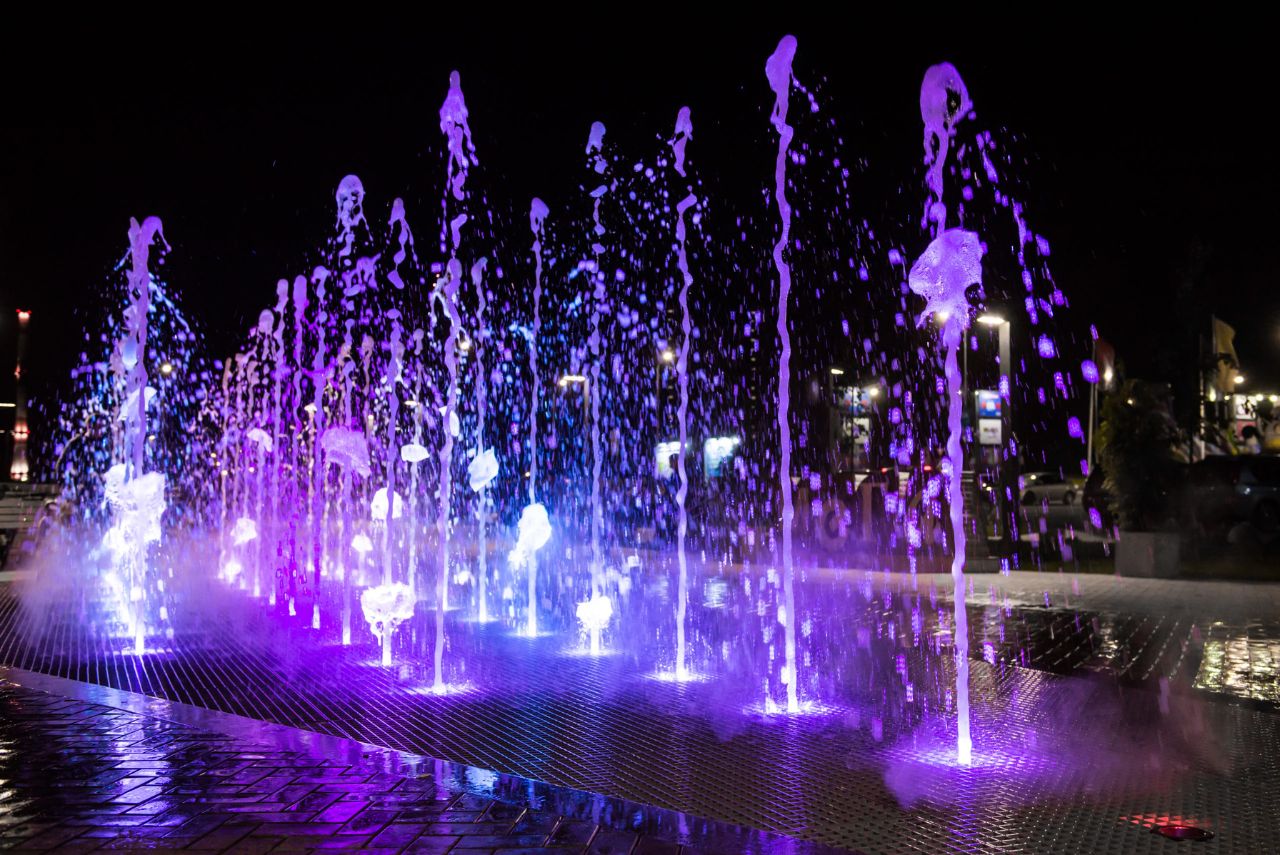
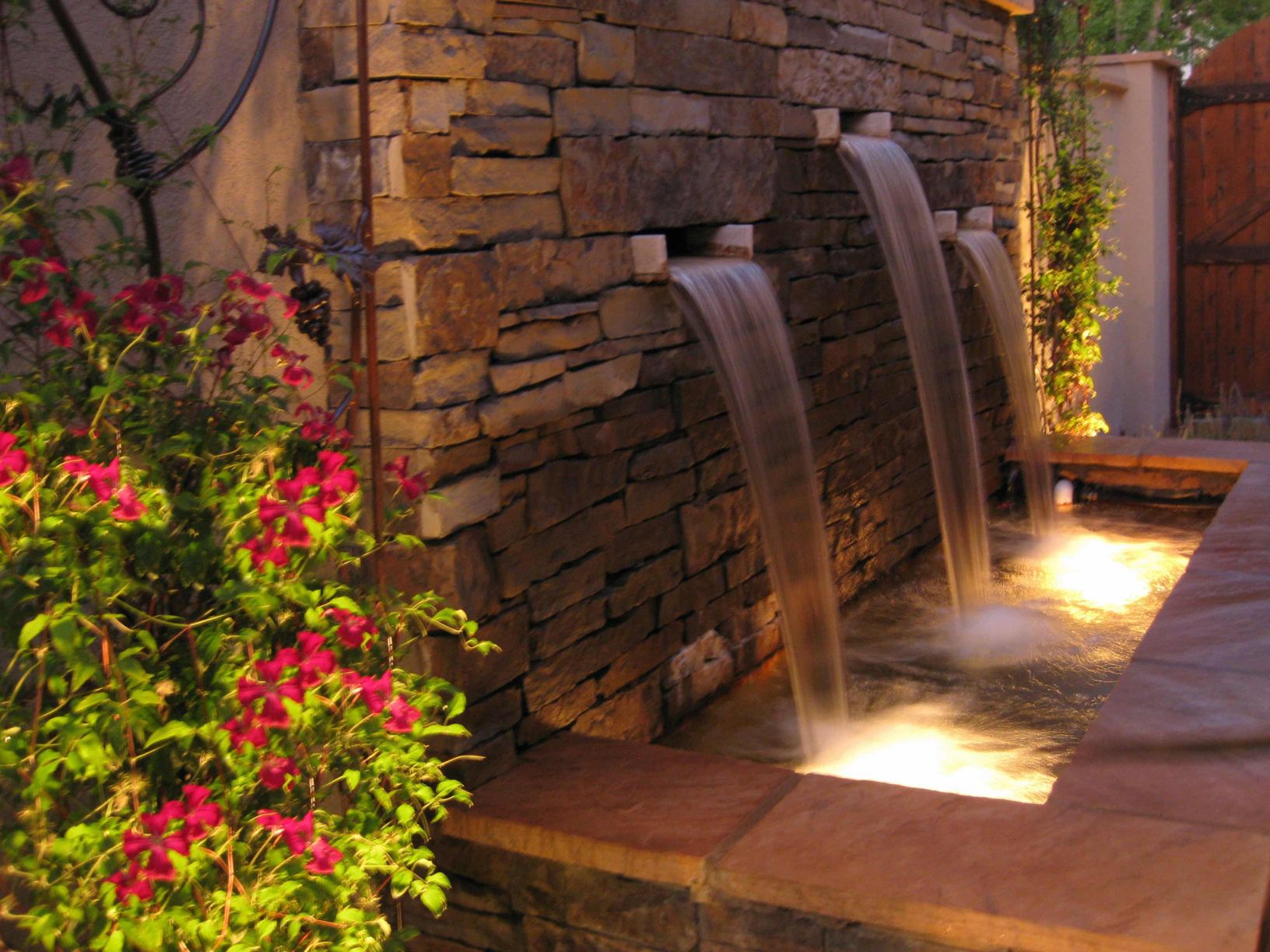
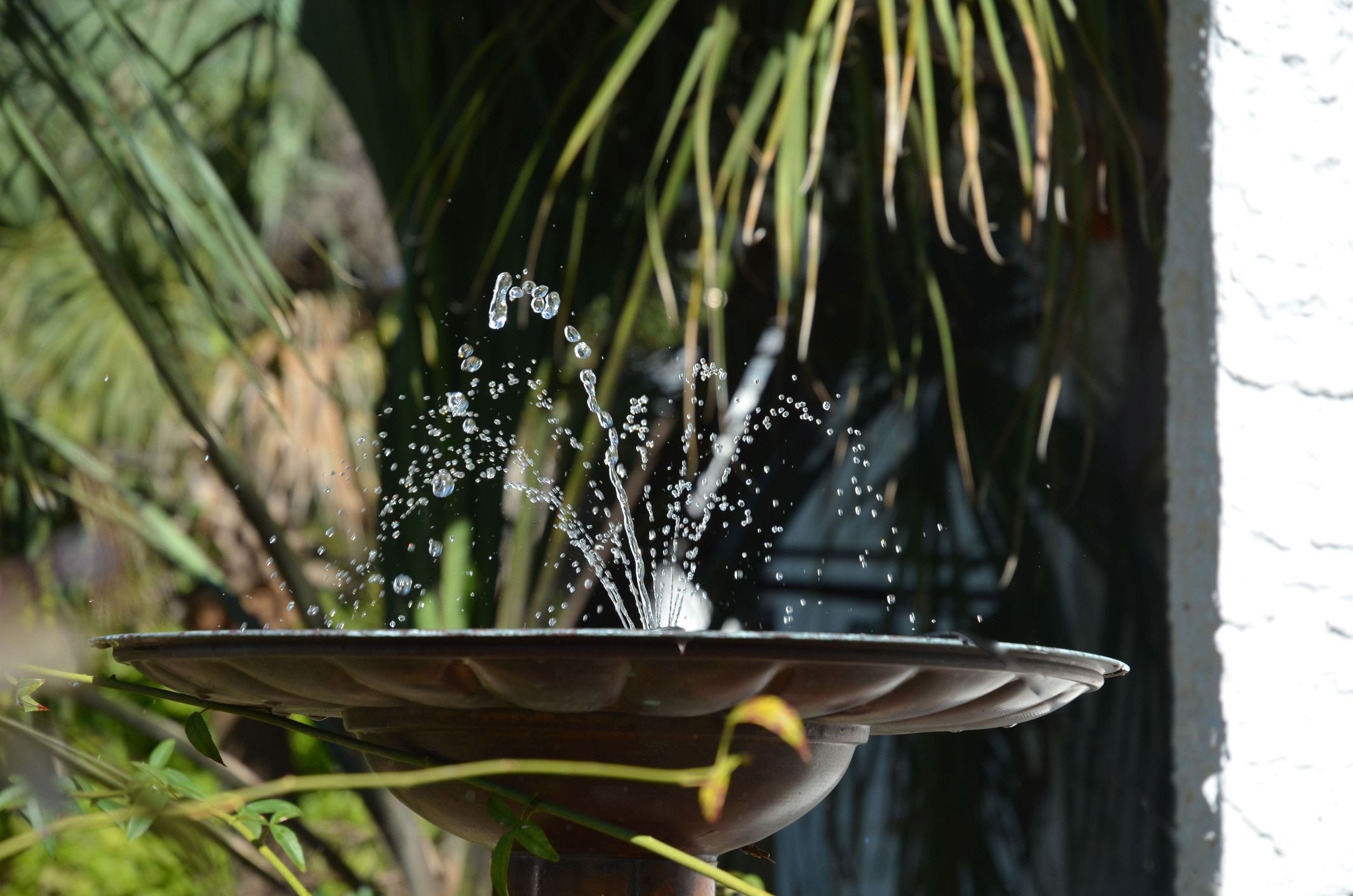
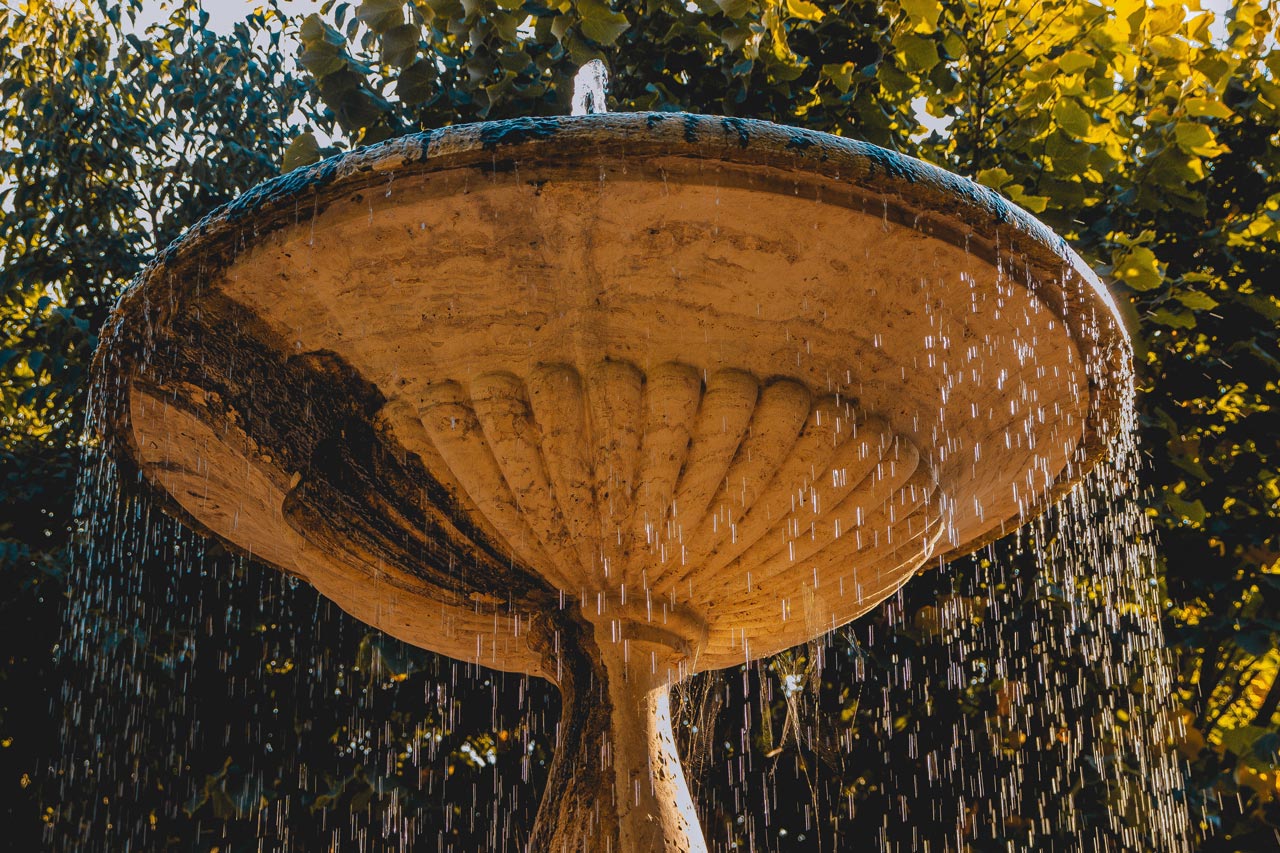
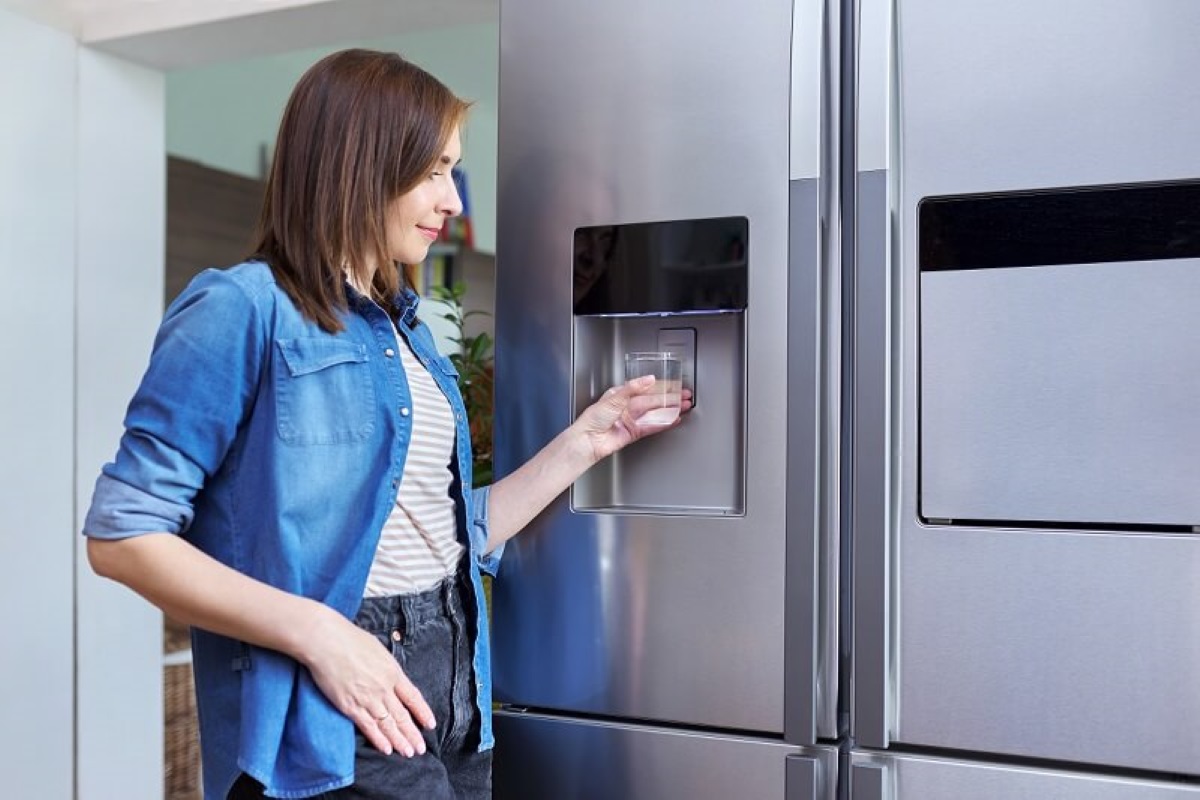

0 thoughts on “How Does A Water Fountain Work”